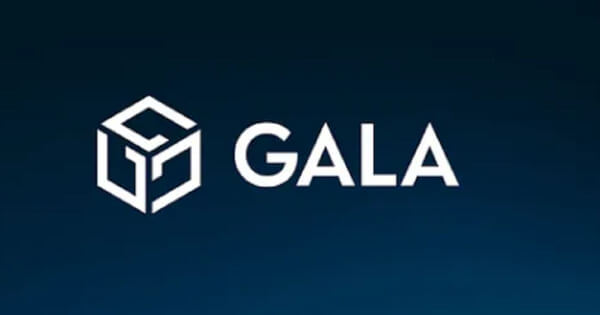Peter Zhang
Aug 06, 2024 02:09
NVIDIA’s FastConformer Hybrid Transducer CTC BPE model enhances Georgian automatic speech recognition (ASR) with improved speed, accuracy, and robustness.
NVIDIA’s latest development in automatic speech recognition (ASR) technology, the FastConformer Hybrid Transducer CTC BPE model, brings significant advancements to the Georgian language, according to NVIDIA Technical Blog. This new ASR model addresses the unique challenges presented by underrepresented languages, particularly those with limited data resources.
Optimizing Georgian Language Data
The primary hurdle in developing an effective ASR model for Georgian is the scarcity of data. The Mozilla Common Voice (MCV) dataset provides approximately 116.6 hours of validated data, including 76.38 hours of training data, 19.82 hours of development data, and 20.46 hours of test data. Despite this, the dataset is still considered small for robust ASR models, which typically require at least 250 hours of data.
To overcome this limitation, unvalidated data from MCV, amounting to 63.47 hours, was incorporated, albeit with additional processing to ensure its quality. This preprocessing step is crucial given the Georgian language’s unicameral nature, which simplifies text normalization and potentially enhances ASR performance.
Leveraging FastConformer Hybrid Transducer CTC BPE
The FastConformer Hybrid Transducer CTC BPE model leverages NVIDIA’s advanced technology to offer several advantages:
- Enhanced speed performance: Optimized with 8x depthwise-separable convolutional downsampling, reducing computational complexity.
- Improved accuracy: Trained with joint transducer and CTC decoder loss functions, enhancing speech recognition and transcription accuracy.
- Robustness: Multitask setup increases resilience to input data variations and noise.
- Versatility: Combines Conformer blocks for long-range dependency capture and efficient operations for real-time applications.
Data Preparation and Training
Data preparation involved processing and cleaning to ensure high quality, integrating additional data sources, and creating a custom tokenizer for Georgian. The model training utilized the FastConformer hybrid transducer CTC BPE model with parameters fine-tuned for optimal performance.
The training process included:
- Processing data
- Adding data
- Creating a tokenizer
- Training the model
- Combining data
- Evaluating performance
- Averaging checkpoints
Extra care was taken to replace unsupported characters, drop non-Georgian data, and filter by the supported alphabet and character/word occurrence rates. Additionally, data from the FLEURS dataset was incorporated, adding 3.20 hours of training data, 0.84 hours of development data, and 1.89 hours of test data.
Performance Evaluation
Evaluations on various data subsets demonstrated that incorporating additional unvalidated data improved the Word Error Rate (WER), indicating better performance. The robustness of the models was further highlighted by their performance on both the Mozilla Common Voice and Google FLEURS datasets.
Figures 1 and 2 illustrate the FastConformer model’s performance on the MCV and FLEURS test datasets, respectively. The model, trained with approximately 163 hours of data, showcased commendable efficiency and robustness, achieving lower WER and Character Error Rate (CER) compared to other models.
Comparison with Other Models
Notably, FastConformer and its streaming variant outperformed MetaAI’s Seamless and Whisper Large V3 models across nearly all metrics on both datasets. This performance underscores FastConformer’s capability to handle real-time transcription with impressive accuracy and speed.
Conclusion
FastConformer stands out as a sophisticated ASR model for the Georgian language, delivering significantly improved WER and CER compared to other models. Its robust architecture and effective data preprocessing make it a reliable choice for real-time speech recognition in underrepresented languages.
For those working on ASR projects for low-resource languages, FastConformer is a powerful tool to consider. Its exceptional performance in Georgian ASR suggests its potential for excellence in other languages as well.
Discover FastConformer’s capabilities and elevate your ASR solutions by integrating this cutting-edge model into your projects. Share your experiences and results in the comments to contribute to the advancement of ASR technology.
For further details, refer to the official source on NVIDIA Technical Blog.
Image source: Shutterstock
Credit: Source link





















